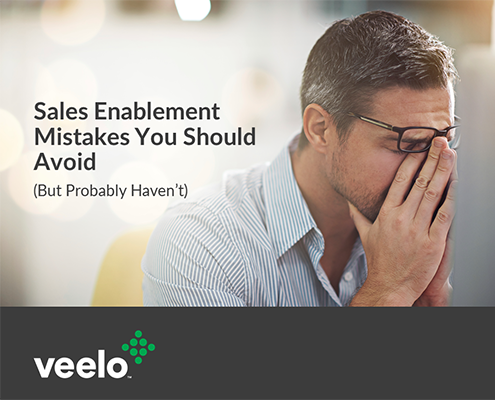Why Ineffective Onboarding Can Be Costly for Each New Hire
Training Industry recently featured “Why Ineffective Onboarding Can Be Costly for Each New Hire” by Veelo CEO Chanin Ballance.
Traditional onboarding and classroom style training is expensive and as a result, organizations continually pressure trainers and managers for shorter training schedules.
It’s no surprise that this often results in less effective learning and frustration leading to a cycle of constant turnover. However, there are new creative technology solutions to bridge the gap in abbreviated training such as virtual coaches and predictive training modules.
Curious to see what new technology solutions are, and how they can improve your onboarding effectiveness? Read the full article on the Training Industry website.
Hungry for more insights on how to maximize knowledge retention, skill mastery, and onboarding effectiveness in general? Check out our newest brief, “Onboard Smarter, Not Harder“:
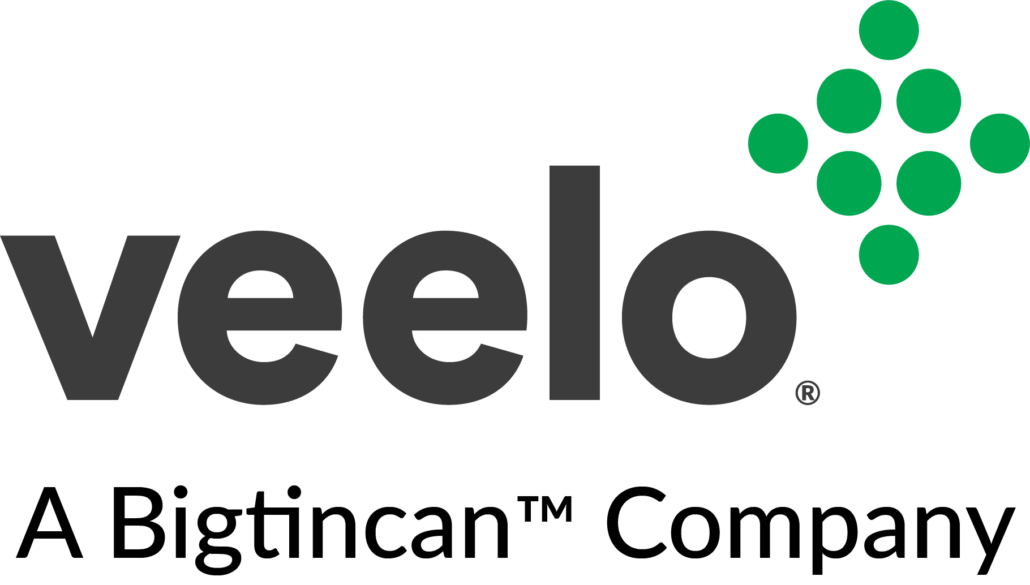
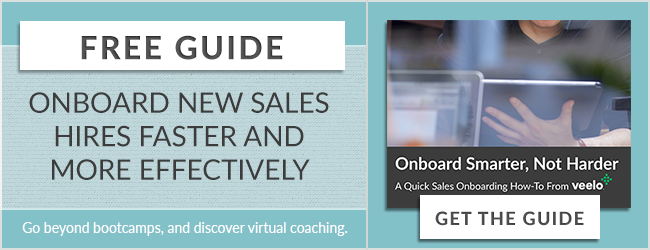
 Sales: I can’t find what I need. Where is that case study? Marketing doesn’t understand what we need. (Or what they say when marketing isn’t around: “This content sucks!”)
Sales: I can’t find what I need. Where is that case study? Marketing doesn’t understand what we need. (Or what they say when marketing isn’t around: “This content sucks!”)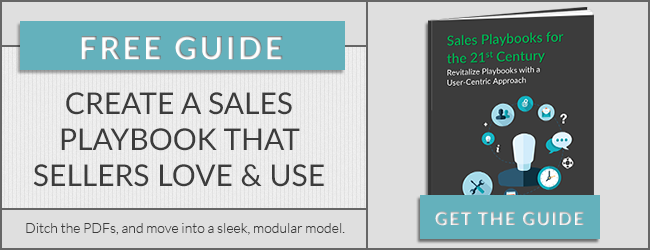
 A long time ago, in a galaxy far, far away—OK, fine, what we really mean is about three years ago, right here on Earth, one of the biggest problems in sales enablement was content proliferation and management. 66% of enterprises had
A long time ago, in a galaxy far, far away—OK, fine, what we really mean is about three years ago, right here on Earth, one of the biggest problems in sales enablement was content proliferation and management. 66% of enterprises had  A sales enablement platform that gives you virtual coaching alongside content do two important things:
A sales enablement platform that gives you virtual coaching alongside content do two important things: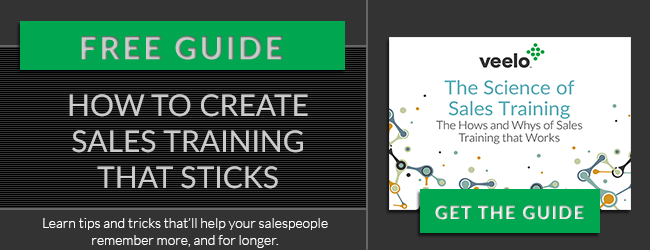
 The Salesforce Blog recently featured “
The Salesforce Blog recently featured “